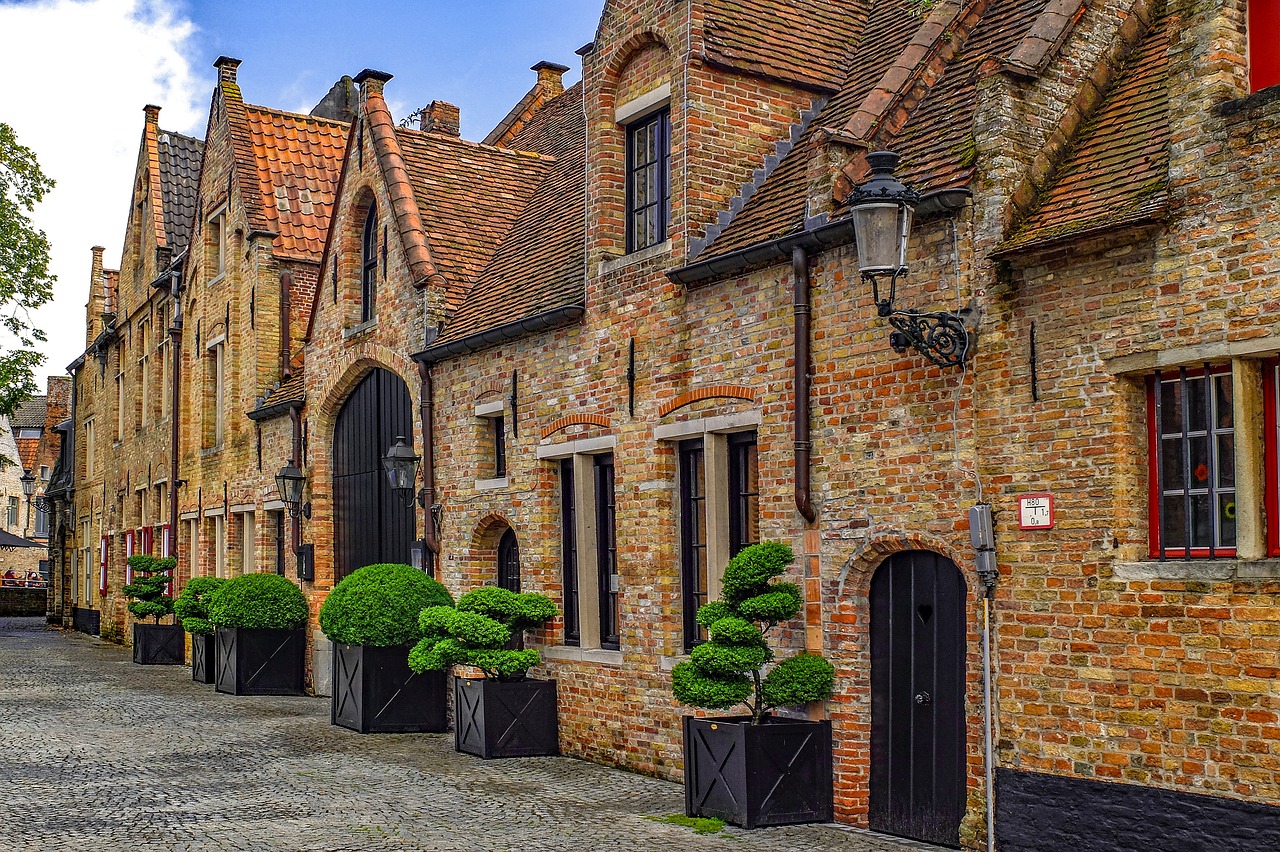Special bricks
[edit] What are special bricks?
Short Guide: Traditional Scottish Brickwork, published, on 1 March 2014 by Historic Environment Scotland, defines special bricks, or specials as: ‘Any purpose-made bricks of non-standard shape.’
Standard bricks tend to be rectangular in shape. The standard co-ordinating size for brickwork is 225 mm x 112.5 mm x 75 mm (length x depth x height). This includes 10 mm mortar joints, so the standard size of a brick itself is 215 mm x 102.5 mm x 65 mm (length x depth x height).
[edit] What are the different types of special brick?
Special bricks are not rectangular, and include:
- Radial, tapered or arch bricks.
- Angle and cant bricks that form returns and chamfers.
- Bullnose bricks with rounded corners.
- Capping and coping bricks.
- Cill bricks.
- Plinth bricks.
- Slip bricks (thin bricks that can be used for cladding).
- Soldier bricks, that form returns for soldier courses.
Bricks can also be cut or hand made to size.
[edit] Related articles on Designing Buildings
Featured articles and news
Homes England creates largest housing-led site in the North
Successful, 34 hectare land acquisition with the residential allocation now completed.
Scottish apprenticeship training proposals
General support although better accountability and transparency is sought.
The history of building regulations
A story of belated action in response to crisis.
Moisture, fire safety and emerging trends in living walls
How wet is your wall?
Current policy explained and newly published consultation by the UK and Welsh Governments.
British architecture 1919–39. Book review.
Conservation of listed prefabs in Moseley.
Energy industry calls for urgent reform.
Heritage staff wellbeing at work survey.
A five minute introduction.
50th Golden anniversary ECA Edmundson apprentice award
Showcasing the very best electrotechnical and engineering services for half a century.
Welsh government consults on HRBs and reg changes
Seeking feedback on a new regulatory regime and a broad range of issues.
CIOB Client Guide (2nd edition) March 2025
Free download covering statutory dutyholder roles under the Building Safety Act and much more.
Minister quizzed, as responsibility transfers to MHCLG and BSR publishes new building control guidance.
UK environmental regulations reform 2025
Amid wider new approaches to ensure regulators and regulation support growth.
BSRIA Statutory Compliance Inspection Checklist
BG80/2025 now significantly updated to include requirements related to important changes in legislation.
























Comments
[edit] To make a comment about this article, click 'Add a comment' above. Separate your comments from any existing comments by inserting a horizontal line.